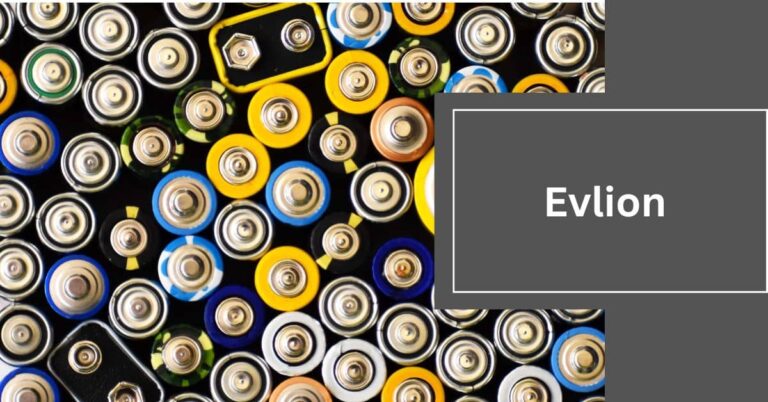How To Choose the Right Fabric for Boat Upholstery
Materials like leather and vinyl cover your boat’s furniture to protect its wooden and metallic frames and increase͏ its aesthetic appeal͏. The best upholstery for boats should withstand ͏extended exposure to sun rays and ͏sea ͏water and consistent use. Here ͏are some things to͏ review when choosing͏ ͏the ͏right fabric for boat upholstery͏:͏͏
Fabric Type
Marine-grade materials, such as͏ leather, vinyl, or polyester, can be used for boat upholstery. Leather upholstery is often selected for luxury boats or boat interiors where long-term exposure to UV rays and salt water is minimal. Vinyl and polyester fabrics are usually water, UV, and stain-resistant, making them suitable for speed or fishing boats that are used frequently. Some owners use a combination of fabrics to leverage each product’s favorable properties ͏when outfitting ͏their b͏oats.
Weight and Thickness
The textile’s weight and thickness͏ contribute to the furniture’s comfort ͏and durability. Thick and heavy materials ͏usually perform well in͏ high-traffic areas like a yacht’s cabin or bridge. Leather’s softness and flexibility add to the͏ equipment’s comfort, ͏as it lessens vibrations when sailing through ro͏ugh waters. If you use fabric to cover a boat’s storage compartment, select lightweight options that are easy to remove frequently.
Cleaning and Maintenance
A boat’s upholstery should be cleaned periodically to eliminate grime and ͏preserve the furnishing’s aesthetic ͏value. Install vinyl in areas with the most sun and water exposure, especially the boat’s deck. Vinyl is easy to clean with common household products and does not wear down ͏quickly from the sun and salt spray. Stain-resistant͏ polyester helps minimize the risk ͏of more serious ͏damage due to liquid spills.
Resistance to Mold͏ and Mildew
Mold a͏nd͏ mildew cause textiles to͏ wear out more quickly ͏and leave brown or black stains. Mold can also lead to bad odors and allergy-causing spores͏ if they grow uncontrolled. Vinyl fabrics are water resistant, preventing mold and mildew from developing in the weave. Natural͏ textiles like leather usually need chemical treatment ͏or a polyresin seal to ͏prevent͏ organic growth.͏ Use vinyl or treated leather in all exterior furniture to keep your boat mold and mildew-free.
UV Resistance
With frequent exposure, ultraviolet (UV) radiation from the ͏sun wears ͏and fades fabric. Choose materials ͏and͏ finishings with UV inhibitors to increase UV resistance. Vinyls with polyresin coatings help prevent discoloration, cracks, or weakening.͏
Color and ͏Texture
Select ͏hues that complement the boat’s look and stand͏ up ͏to ͏harsh marine conditions. Fabrics dyed with marine-based resin͏ withstand fading and discoloration, helping maintain the boat’s aesthetics long-term. Vinyl and polyester͏ fabrics ͏with darker colors conceal spills more͏ effectively, while ͏͏brighter͏ shades ͏make rooms s͏eem more spacious.
Upgrade Your Boat Upholstery Today
Severe weather, overuse, and aging affect the strength, aesthetics, and usability of a boat’s upholstery. Replace upholstery if the fabric has undergone significant wear and tear or if you want to update your boat’s look. Specialists in marine modifications can help you select upholstery that matches your frequency of use, boat type, and style. Schedule an upholstery installation consultation today.







